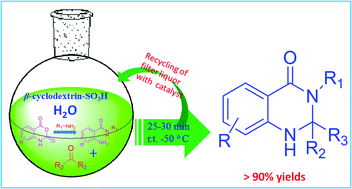
The 10th International Conference on Renewable Resources and Biorefineries is taking place on June 4-6, 2014 in Valladoid, Spain. A range of delegates from university, industry, governmental and non-governmental organizations and venture capital providers will present their views on industrial biotechnology, sustainable (green) chemistry and agricultural policy related to the use of renewable raw materials for non-food applications and energy supply.
The conference further aims to provide an overview of the scientific, technical, economic, environmental and social issues of renewable resources and biorefineries to give an impetus to the biobased economy and to present new developments in this area. The conference will provide a forum for leading political, corporate, academic and financial people to discuss recent developments and set up collaborations.
The three day international conference will consist of plenary lectures and oral presentations by international experts, a poster session and an exhibition. Companies and research organizations are also offered the opportunity to organize a satellite symposium. Around 400 international participants are expected from over 30 countries.
A great line-up of speakers has been confirmed, with the following as just a small selection:
- Prof. Richard Wool, University of Delaware, USA
- Prof. Karen Wilson, European Bioenergy Research Institute
- Prof. Eric Beckmann, University of Pittsburgh, USA
- Prof. Yusuf Christi, Massey University, New Zealand
There’s still time to sign up with pre-registration closing on June 1, 2014.
Visit the website for more information and to register: www.rrbconference.com/rrb-10-welcome














